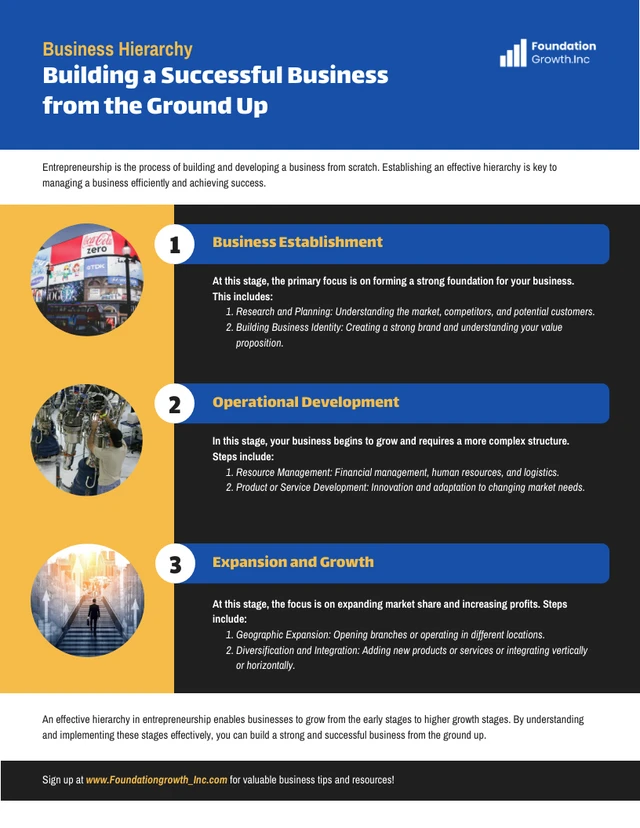
How to Build a Profitable Business from the Ground Up
June 7, 2024Discover the essential steps to starting a successful business from scratch and turning your entrepreneurial dreams into reality today!

Image courtesy of JESHOOTS.com via Pexels
Table of Contents
Investing in the financial market can be a rewarding but risky endeavor. One of the key strategies for managing risk and maximizing returns is diversifying your investment portfolio. In this blog post, we will explore the importance of diversification in finance and how it can benefit your business in the long run.
Understanding the Risks of Concentrated Portfolios
When you invest all your money in one asset class, you are putting yourself at risk of significant losses if that asset class underperforms. For example, if you have all your investments in stocks and the stock market crashes, your entire portfolio could take a hit. This is why it is essential to understand the risks associated with concentrated portfolios.
Market volatility can also have a drastic impact on concentrated portfolios. Sudden market fluctuations can lead to large losses if your investments are heavily concentrated in one area. Diversification helps spread out this risk and protects your portfolio from being too heavily affected by market swings.
Benefits of Diversification in Finance
One of the primary benefits of diversifying your investment portfolio is the reduced risk and increased stability it provides. By spreading your investments across different asset classes, industries, and geographic regions, you are less exposed to the risks of any single investment.
Diversification also offers the potential for higher returns over the long term. While some investments may perform poorly, others may outperform expectations, balancing out your overall returns. This can help you achieve more consistent growth and protect your investments from significant losses.
Furthermore, diversification provides protection against unforeseen market events. By having a diversified portfolio, you can minimize the impact of economic downturns, geopolitical events, and other external factors that can negatively affect specific asset classes. This resilience is crucial for preserving your wealth and achieving long-term financial success.
Strategies for Diversifying Your Portfolio
There are several strategies you can employ to diversify your investment portfolio effectively. Asset allocation, which involves spreading your investments across different asset classes such as stocks, bonds, and real estate, is a fundamental strategy for diversification. By diversifying your asset allocation, you can reduce risk and optimize returns.

Image courtesy of venngage.com via Google Images
Rebalancing your portfolio regularly is another important strategy for maintaining diversification. As the value of your investments fluctuates, your asset allocation may shift, leading to an imbalance in your portfolio. Rebalancing involves adjusting your investments periodically to maintain your desired asset allocation and risk profile.
Consider incorporating alternative investments into your portfolio for added diversification. Alternative investments, such as private equity, hedge funds, and commodities, can provide unique opportunities for diversification and potentially higher returns. While these investments may carry additional risks, they can help enhance the diversification of your portfolio.
Case Studies of Successful Diversification
Many businesses have benefited from diversifying their investment portfolios. Companies that have diversified across different industries, markets, and asset classes have been able to weather economic downturns and capitalize on growth opportunities. By diversifying their portfolios, these businesses have achieved greater stability, higher returns, and long-term financial success.
One example of successful diversification is a tech company that expanded its investment portfolio beyond technology stocks into real estate and commodities. By diversifying across different asset classes, the company was able to mitigate risks associated with the tech sector and capitalize on opportunities in other industries. This diversification strategy allowed the company to achieve consistent growth and protect its investments from market volatility.
Conclusion
Diversifying your investment portfolio is a crucial strategy for managing risk, maximizing returns, and achieving financial success in business. By spreading your investments across different asset classes, industries, and geographic regions, you can reduce risk, increase stability, and protect your portfolio from unforeseen market events.
Implementing effective diversification strategies, such as asset allocation, rebalancing, and incorporating alternative investments, can help you build a resilient and profitable investment portfolio. By learning from successful case studies of businesses that have diversified their portfolios, you can gain valuable insights and apply these strategies to your own investment approach.
Take the necessary steps to diversify your investment portfolio and position yourself for long-term financial security and growth in business. By diversifying wisely and staying committed to your investment strategy, you can navigate market challenges, seize opportunities, and build a profitable business from the ground up.









